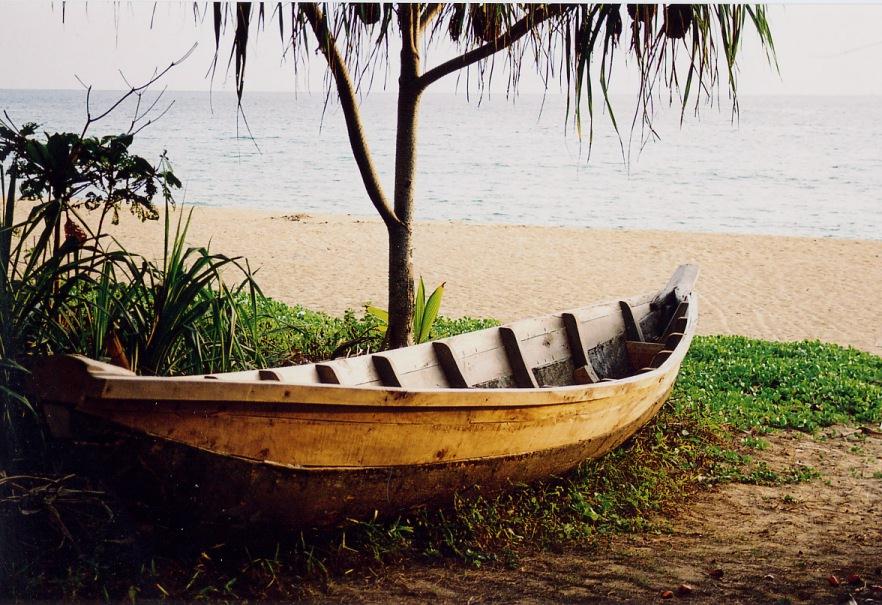Campaigning is underway for Thailand’s historic Kra, or Thai, Canal project, even though the commerciality of the project is yet to be proven.
A canal linking Thailand’s westerly Andaman Sea coast with the eastern Gulf of Thailand has long been considered. The traditional argument was such a canal would ease congestion in the Straits of Malacca and make East-West trade faster.
A more modern argument is that China’s money and support via the Belt and Road Initiative makes construction possible, and supplies a market. A canal would also unite Thailand and solve the problem in the country’s south, where there is a regional Muslim insurgency, claims Pakdee Tanapura a long-time supporter of the project and board member of the Thai-Chinese Cultural and Economic Association – one of the canal’s key backers.

Tanapura argues that the canal is not a threat to Singapore and Malaysia but rather a tool for them to develop, although Singapore, long the region’s premier shipping hub, is wary of the idea. Tanapura projects the project to cost US$55 billion, fairly evenly split between the cost to build the canal and some good, but not yet defined, facilities.
There is little doubt that the Strait is crowded; it’s narrow, and the space for sailing is limited. Draft is also a problem. “There are six to eight spots in the Malacca Strait with depths of no more than 25 metres,” said Harald Wagner, a consulting engineer who also pointed to recent accidents in the Strait.
A canal across Thailand would ease crowding and cut as much as three days off a long-haul East-West route.
Not so, according to some who offer a detailed critique of a facility not yet built, but one the Thai government is so far artfully silent on.
Time spent picking up a pilot and then offloading the same pilot at the other side of the canal as well as waiting for a slot to cross must be considered said Rear Admiral Chatuporn Sookchaloem, who also points out the speed in the canal is at eight nautical miles per hour. “You can save about 15 hours only,” he said.
Estimates for how many ships would use such a canal range from 600 to a much lower 40.
Nor might the trade actually be there. There is an east-west trade but, as Sookchaloem points out, the increase is not so much along that route as it is north and south. “I have to ask the shipowner: what about the cargo from Singapore and Indonesia] going to Japan and China?” he said.
Nor is that the only alternative, as Chalermphol Chaivorapongsa, president of Wong Samut Navigation, noted: “We have other transportation, like trains to London,” he said, in a succinct way of describing the infrastructure web China is building with itself at the centre.
A lot of that web is land-based as befits China as a land rather a maritime power. It also shows how China has changed things and, while it could do so again in Thailand, the need might not be so acute.
Land might also be a problem in Thailand. Expropriating the necessary land will be costly and, as Chaivorapongsa said, it could take “maybe another 10 years to finish.” Where exactly the canal will go is another disruptor, with several different routes being posited.
None of the routes, it should be noted, are anywhere near Thailand’s existing industrial hubs, which cluster in the middle of the country and along its eastern seaboard, an area the government plans to build up. Proposed routes also fall in the middle of Thailand’s tourism belt, an industry not without influence.
Two lobbies are pushing hard here: one is the military, the other the Thai-Chinese business community, which has allies not just within the Thai government but in China’s private sector. Thailand’s military has long been a law onto itself and regularly intervenes in Thai politics. The current prime minister is a general, who came to power in a coup, and next year’s election under a new constitution will see military power enshrined in the legislature.
To date, the government, which is taking a cautious approach on working with China on the high-speed rail links, has been even more so about the Kra Canal.
By Michael Mackey
Southeast Bangkok Correspondent | Bangkok